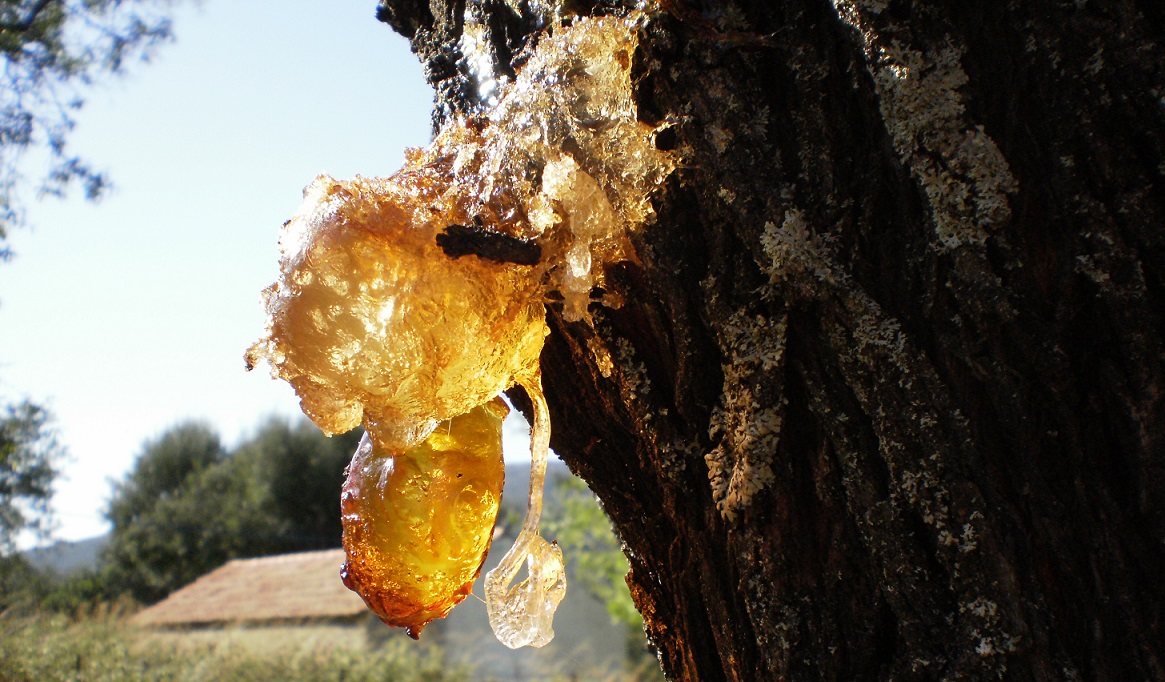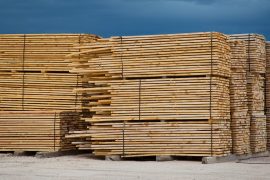The innovations that have been emerged in the wood industry are growing every day. Combination of wood and resin is one of the newest innovations in the woodworking field.
The resin is a natural or synthetic material that is very sticky and is usually dissolved in alcohol but isn’t soluble in water.
Resins depending on the chemical composition and their uses are classified in different types. It also is being used a lot in the industry and the arts recently.
Natural resin comes from plants, the best example is the pine trees sap. The beautiful amber stone is obtained by the hardening of the plant’s resin. For many years, humans use natural resins.
With the improvement of technology, artificial resins are discovered which are cheaper. Epoxy is an artificial resin which is being used in various industries.
One of the uses of epoxy resin is in the wood industry.
In this paper, we try to review the types of epoxy resins and their uses for woods.
Lichtenberg Wood Burning eBook

Download Lichtenberg Wood Burning eBook
One of the modern techniques for creating wooden artwork is called Lichtenberg wood Burning. In this eBook, we are going to introduce this newfound art to you.
This technique is known with some different names such as Lichtenberg wood burning, fractal wood burning, and electricity wood art.
This technique should not be confused with wood burning art or pyrography. The art of pyrography on wood is the art of creating motifs and designs by burning with hot metal tools on objects such as wooden surfaces.
Lichtenberg burning is a wood-burning technique for creating designs with electricity.
This eBook is a comprehensive guide on Lichtenberg Wood Burning. All you need to know for Lichtenberg Wood Burning is here.
This is a limited-time offer, order now to get access to the future eBook releases.
What is Epoxy Resin?
In 1934, Paul Schlitz was the first researcher that succeeded in synthesizing epoxy resins.
Epoxy resin is a chemical compound that is made from the reaction of a chemical matter called epoxide and hardeners such as a polyamide.
Here we don’t want to discuss the chemical composition of epoxy resin, but we try to express its properties.
Among the properties of the epoxy resin, we can mention the following points:
- Resistance to chemicals materials
- High resistance to water and moisture
- Strong against shock
- Very good adhesion to the material
- Transparency
Types of Epoxy Resins
In terms of drying, Epoxy resins are classified into two general categories.
- Single component epoxy resin
- Multi-component epoxy resin
The single-component resins quickly drys in the vicinity of the air for a variety of adhesives and materials used to gloss antique stones.
The second type is a multi-component resin, which for drying (known as cooking step), requires supplementary materials that make them cook and be dry.
Because this is an internal reaction, these resins can be used for volumetric works. single-component resins usually don’t have this property.
Uses of Epoxy Resin
Nowadays, epoxy resins are one of the most widely used materials for various projects.
Their uses are not restricted to the coating industry and are being used in various industries such as aerospace, civil engineering, automobile industry etc. Also, it is being widely used in the woodworking industry due to the interesting properties of the epoxy resin.
Recently, the combination of epoxy resins and woods are used for making jewelers.
Epoxy Resin for Wood
Epoxy resin for wood is similar to ordinary epoxy, but it has been formulated for woodworking.
The wood epoxy specifications are slightly different, but you can use it on other surfaces and have no limitations, but do not expect your desired result.
We may suggest you using a wood epoxy for woodworking. Wood epoxies should be:
- Colorless
- Not have the bubble
- Should not be thick
- Be Resistant to moisture
Those who know the art of carpentry and woodworking, or even have the interest to do, can try to make great things by their own and maybe selling them to make money.
How to Work with Wood Epoxy
The combination of the hardener and the epoxy resin produces a chemical reaction that converts it from liquid to solid.
The ratio of epoxy and hardener and their complete mixing is an essential factor in its proper cooking.
Mix epoxy resin and hardener in proportion to its recommended technical specifications in a plastic container.
Avoid using glass containers due to the thermal agitation of the mixed reaction.
The best way to distribute is using accurate scales.
Before applying epoxy on the work surface, you should pay attention to the following:
- The work’s surface should be free of any contamination such as grease, oil, or dirt before being glued with epoxy.
- Clean any dirt with light alcohol, or other cleaners and then dry the surface with paper towels.
- When handling solvents, be sure to take care of its safety tips.
To get the desired result, all work surfaces should be dried well. If you need to accelerate drying, you can use hot air blowers or heat bulbs on the work surface. As well as Sanding of the work surfaces should be done carefully.
Before sanding, the surface should be cleaned from scaling, gypsum, glue, or old coating. After sanding, the dust must be removed from the surface of the work.
The final cover:
The function of the final coating, such as dyeing or lacquering on epoxy, is a dress and protects the epoxy from sunlight.
By doing this, the epoxy will have more lifetime.
Most coatings are compatible with epoxy resin. The hardened epoxy coating is almost like a hard plastic, which means most solvents do not react with it.
However, it’s better to test it before start working.
As you know, epoxy resin is one of the hardest polymer materials. After drying, scrubbing or cleaning it is extremely difficult, so be careful.
Some Important Points about Work with Epoxy Resin
The epoxy resin can be cast in plastic, aluminum, and stainless steel containers.
Notice that the dishes are completely clean, not wet and should be new.
If you have made epoxy resin in a container and used it once, do not use it for the next time since the remaining material in the container can corrupt the ratio of the compound.
Epoxy resin is completely dry after 1 day, but it takes 3 to 7 days for the epoxy resin to reach its ultimate hardness.
Epoxy resin is not waterproof, if water is constantly being on that, it may damages.
Epoxy resin against sunlight’s UV is weak and its color will change to yellow.
The temperature resistance of the epoxy resin is good after drying, so it can tolerate until 60 degrees continuously and ultimately 80 degrees instantly and does not melt.
Epoxy resin is not conductive.
Do not use epoxy in rainy weather and high humidity, otherwise use a special hardener.
If your surface is made of stainless steels, ceramics or likewise, the chance of sticking the epoxy resin to the surface reduces. To fix this, you should sand on the surface before applying the resin.







Comments
Pingback: Types of Wood for Carving | Wood Dad
Pingback: 21 Simple Woodworking Projects That Sell | Wood Dad
Pingback: What is Wood Made of? | Wood Dad
Pingback: Cool Ideas of Lichtenberg Wood Burning | Wood Dad
Pingback: How To Make a Wood Slice Coffee Table | Wood Dad
Pingback: How to Make a Lichtenberg Resin Table | Wood Dad
Pingback: White Pine Firewood as a Good Choice - Wood Dad